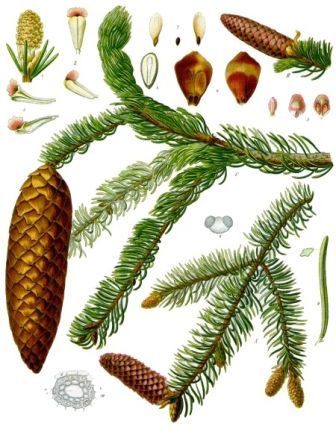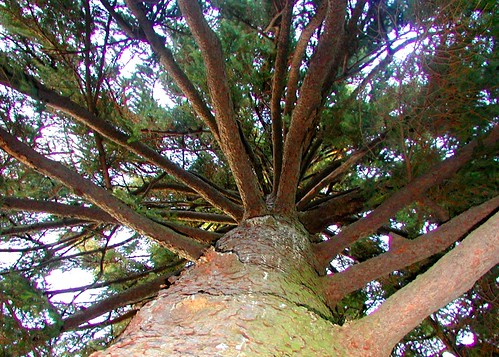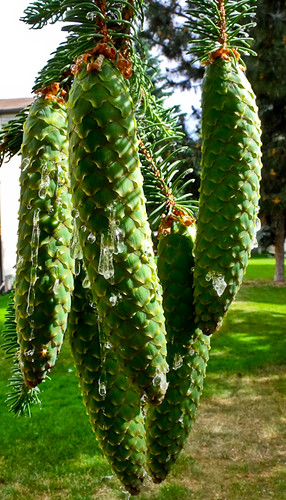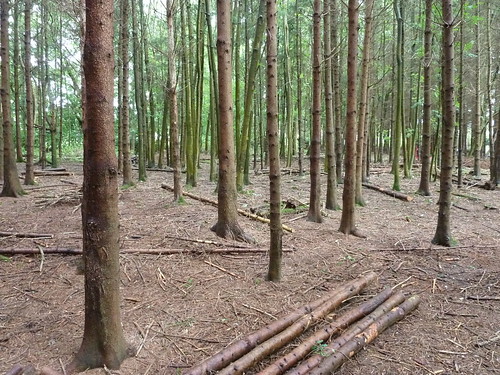
Norway Spruce Root and Branch Review
Key Features of the Norway Spruce
- Latin name Picea Abies other common names Christmas Tree
- Height up to 150 feet 50m
- Type of tree – Conifer
- Leaves Short dark green needles
- Flowers red male and dark red female on upright clusters
- Fruit Cones are slender cylindrical and light brown. They hang down in a pendulous manner and have long jagged scales.
- Bark Coppery pink when young turning purple/grey and cracking as it matures.
- Family Picea
Origins and Distribution of the Norway Spruce
- Widely grown through out Europe.
- In USA the Norway Spruce is planted in the northeastern and Rocky Mountain states, as well as in southeastern Canada.
Uses and Commercial Attributes of the Norway Spruce
- Norway Spruce is an important timber tree valued for long, strong and straight timber.
- Norway Spruce is also grown for paper pulp and general carpentry.
- Known for retaining it’s needles the Norway Spruce has long been a favourite Christmas tree first brought to the UK by Prince Albert in Victorian times.
- Spruce are popular as ornamental trees admired for their evergreen, symmetrical, narrow-conic growth habit.
- The scent of pine is redolent and natural oil can be made from the sap of this Spruce.
- Norway spruce is used in the making of violins due to its lightness, flexibility, strength and tonal qualities
Gardeners Tips for the Norway Spruce
- Trees grow quickly but a rooted Christmas tree can be planted out after Christmas and brought back the following year. Keep it well watered indoors if you plan to plant your tree.
- Some of the best shaped Christmas Norwegian Spruce are the top few feet of a larger tree sawn down for the purpose.
Other types of Norway Spruce and key species
- Siberian Spruce having cones about half the length of Norway spruce with smoothly rounded scales, and hairy shoots.
- Trees hybridise successfully
- Norway spruce is one of the most important species on the European Continent. More than 100 forms and varieties have been named.
- * Picea glauca, White Spruce, Picea mariana, Black Spruce, Picea rubens, Red Spruce are all part of the Picea family.
Norway Spruce comments from elsewhere
From the National Christmas Tree Federation ‘For Christmas trees, overall color of Norway spruce is fair to excellent, but needle retention is considered poor unless the trees are cut fresh and kept properly watered. Growth during the first 10 years after field planting is relatively slow and 8 to 11 years are required to grow a 6-7 foot tree.’

Above in the public domain because its copyright has expired
Read about our series on British tree reviews with a bakers dozen fact sheets
Credits
“Norway Spruce by friendsofmountauburn, CC BY-NC-ND 2.0
Norway Spruce Cones by wolfnowl CC BY-NC-ND 2.0
“Norway Spruce plantation by The Heartwood CC BY-NC-SA 2.0


